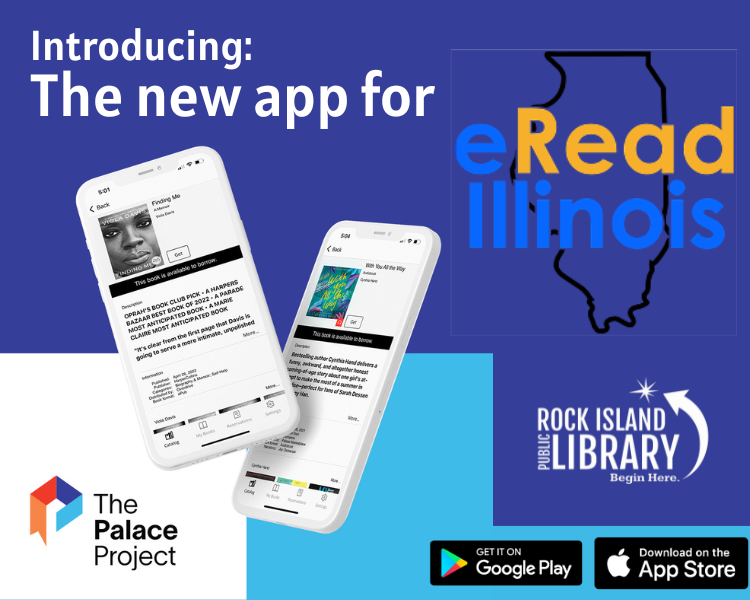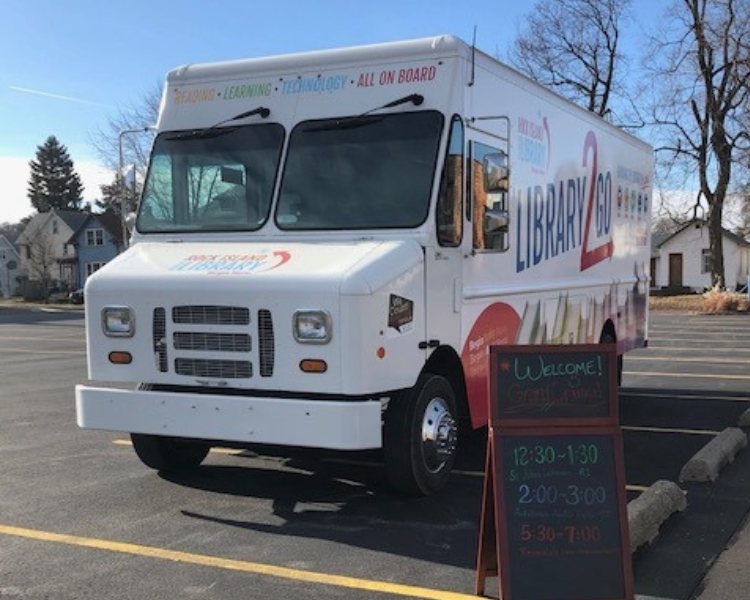Popular Fiction - Native American Heritage Month
-
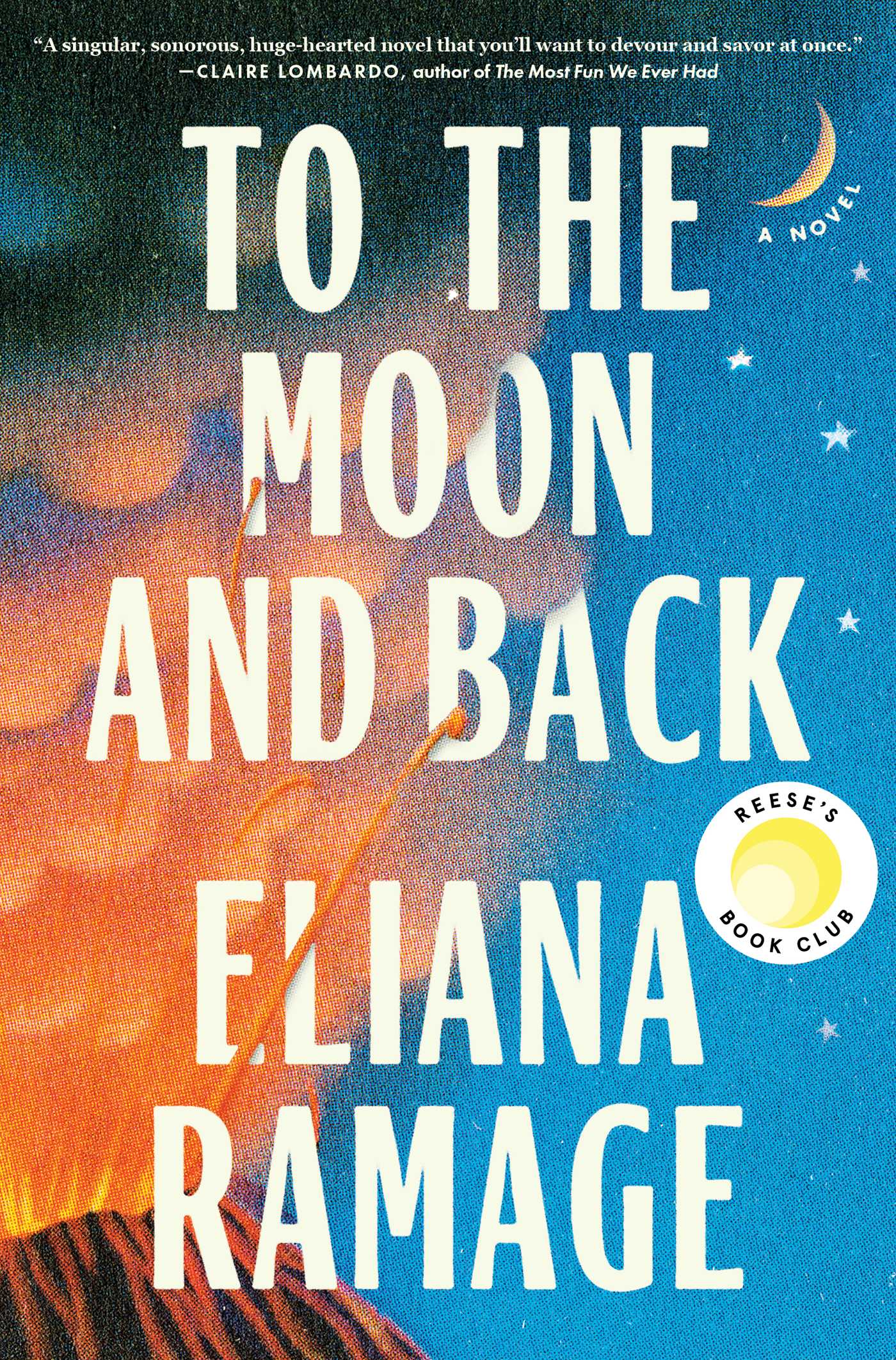
To the Moon and Back
Steph Harper is on the run. She has been all her life, ever since her mother drove five-year-old Steph and her younger sister through the night to Cherokee Nation, a place they had never been, but where she hoped they might finally belong. In response to the turmoil, Steph sets her sights as far away from Oklahoma as she can get, vowing that she will let nothing get in the way of pursuing the rigorous physical and academic training she knows she will need to be accepted by NASA, and ultimately, to go to the moon.
Spanning three decades and several continents, To the Moon and Back encompasses Steph’s turbulent journey, along with the multifaceted and intertwined lives of the three women closest to her: her sister Kayla, an artist who goes on to become an Indigenous social media influencer, and whose determination to appear good takes her life to unexpected places; Steph’s college girlfriend Della Owens, who strives to reclaim her identity as an adult after being removed from her Cherokee family through a challenge to the Indian Child Welfare Act; and Hannah, Steph and Kayla’s mother, who has held up her family’s tribal history as a beacon of inspiration to her children, all the while keeping her own past a secret.
-
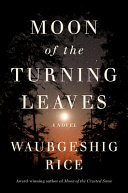
Moon of the Turning Leaves
For the past twelve years, a community of Anishinaabe people have made the Northern Ontario bush their home in the wake of the power failure that brought about societal collapse. Since then they have survived and thrived the way their ancestors once did, but their natural food resources are dwindling, and the time has come to find a new home.
Evan Whitesky volunteers to lead a mission south to explore the possibility of moving back to their original homeland, the "land where the birch trees grow by the big water" in the Great Lakes region. Accompanied by five others, including his daughter Nangohns, an expert archer, Evan begins a journey that will take him to where the Anishinaabe were once settled, near the devastated city of Gibson, a land now being reclaimed by nature.
But it isn't just the wilderness that poses a threat: they encounter other survivors. Those who, like the Anishinaabe, live in harmony with the land, and those who use violence.
-

The Berry Pickers
July 1962. A Mi’kmaq family from Nova Scotia arrives in Maine to pick blueberries for the summer. Weeks later, four-year-old Ruthie, the family’s youngest child, vanishes. She is last seen by her six-year-old brother, Joe, sitting on a favorite rock at the edge of a berry field. Joe will remain distraught by his sister’s disappearance for years to come.
In Maine, a young girl named Norma grows up as the only child of an affluent family. Her father is emotionally distant, her mother frustratingly overprotective. Norma is often troubled by recurring dreams and visions that seem more like memories than imagination. As she grows older, Norma slowly comes to realize there is something her parents aren’t telling her. Unwilling to abandon her intuition, she will spend decades trying to uncover this family secret.
-
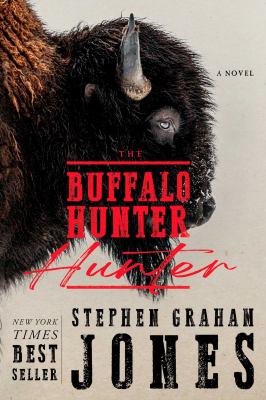
The Buffalo Hunter Hunter
A diary, written in 1912 by a Lutheran pastor is discovered within a wall. What it unveils is a slow massacre, a chain of events that go back to 217 Blackfeet dead in the snow. Told in transcribed interviews by a Blackfeet named Good Stab, who shares the narrative of his peculiar life over a series of confessional visits. This is an American Indian revenge story written by one of the new masters of horror, Stephen Graham Jones.
-
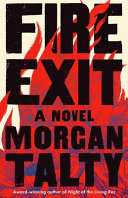
Fire Exit
From the porch of his home, Charles Lamosway has watched the life he might have had unfold across the river on Maine's Penobscot Reservation. He caught brief moments of his neighbor Elizabeth's life - from the day she came home from the hospital to her early twenties. But there's something deeper and more dangerous than the river that divides him from her and the rest of the tribal community. It's the secret that Elizabeth is his daughter, a secret Charles is no longer willing to keep.
Now, it's been weeks since he's seen Elizabeth, and Charles is worried. As he attempts to hold on to and care for what he can - his home and property; his alcoholic and bighearted friend Bobby; and his mother, Louise, who is slipping deeper into dementia - he becomes increasingly haunted by his past. Forced to confront a lost childhood on the reservation, a love affair cut short, and the death of his beloved stepfather, Fredrick, Charles contends with questions he's long been afraid to ask. Is his secret about Elizabeth his to share? And would his daughter want to know the truth, even if it could cost her everything she's ever known?
-
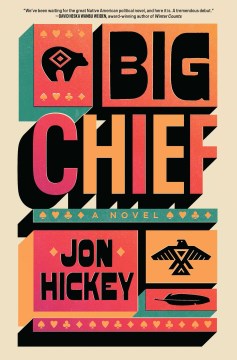
Big Chief
Mitch Caddo, a young law school graduate and aspiring political fixer, is an outsider in the homeland of his Anishinaabe ancestors. But alongside Tribal President Mack Beck, his childhood friend, Mitch runs the government of the Passage Rouge Nation, and with it, the tribe’s Golden Eagle Casino and Hotel. On the eve of Mack’s reelection, their tenuous grip on power is threatened by a nationally known activist and politician, Gloria Hawkins, and her young aide, Layla Beck, none other than Mack’s estranged sister and Mitch’s former love. In their struggle for control over Passage Rouge, the campaigns resort to bare-knuckle political gamesmanship, testing the limits of how far they will go—and what they will sacrifice—to win it all.
But when an accident claims the life of Mitch’s mentor, a power broker in the reservation’s political scene, the election slides into chaos and pits Mitch against the only family he has. As relationships strain to their breaking points and a peaceful protest threatens to become an all-consuming riot, Mitch and Layla must work together to stop the reservation’s descent into violence.
-
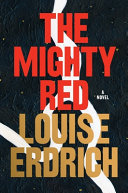
The Mighty Red
In Argus, North Dakota, a collection of people revolve around a fraught wedding.
Gary Geist, a terrified young man set to inherit two farms, is desperate to marry Kismet Poe, an impulsive, lapsed Goth who can't read her future but seems to resolve his.
Hugo, a gentle red-haired, home-schooled giant, is also in love with Kismet. He's determined to steal her and is eager to be a home wrecker.
Kismet's mother, Crystal, hauls sugar beets for Gary's family, and on her nightly runs, tunes into the darkness of late-night radio, sees visions of guardian angels, and worries for the future, her daughter's and her own.
Human time, deep time, Red River time, the half-life of herbicides and pesticides, and the elegance of time represented in fracking core samples from unimaginable depths, is set against the speed of climate change, the depletion of natural resources, and the sudden economic meltdown of 2008-2009. How much does a dress cost? A used car? A package of cinnamon rolls? Can you see the shape of your soul in the everchanging clouds? Your personal salvation in the giant expanse of sky? These are the questions the people of the Red River Valley of the North wrestle with every day.
-
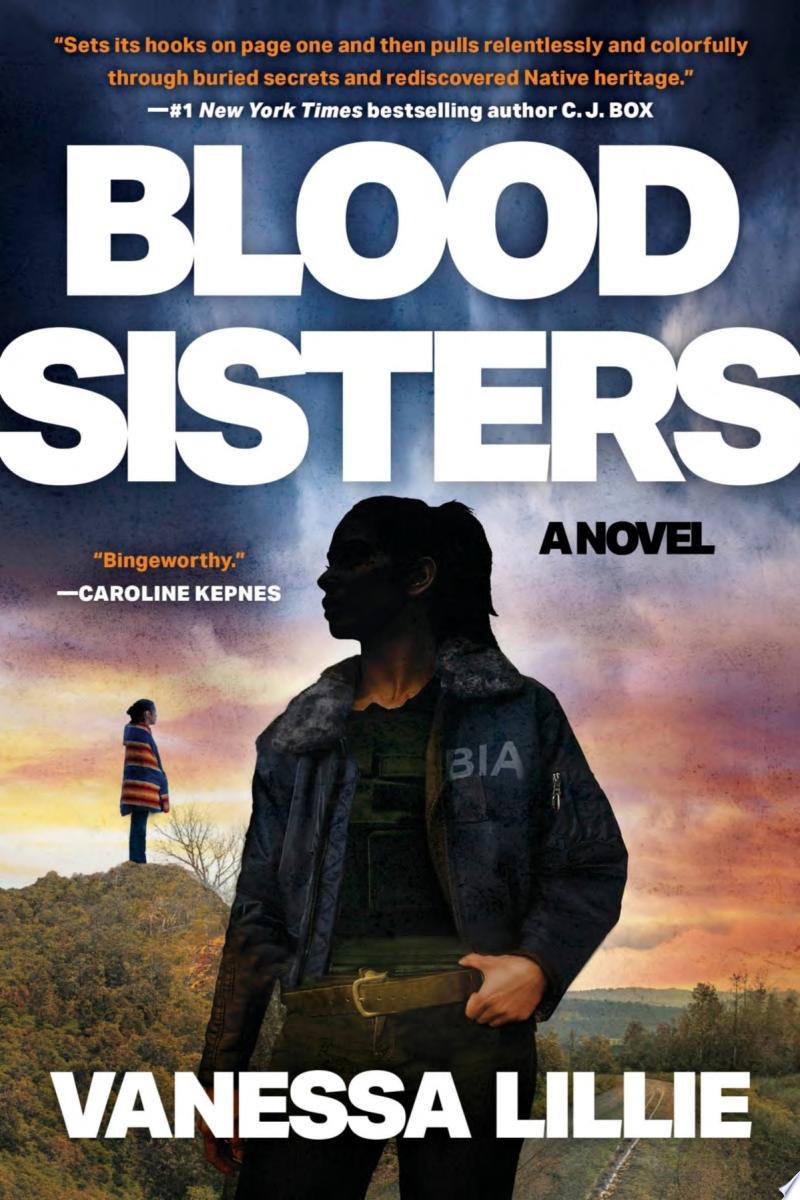
Blood Sisters
As an archeologist for the Bureau of Indian Affairs, Syd Walker spends her days in Rhode Island trying to protect the land's indigenous past, even as she’s escaping her own. While Syd is dedicated to her job, she’s haunted by a night of violence she barely escaped in her Oklahoma hometown fifteen years ago. Though she swore she’d never go back, the past comes calling.
When a skull is found near the crime scene of her youth, just as her sister, Emma Lou, vanishes, Syd knows she must return home. She refuses to let her sister's disappearance, or the remains, go ignored—as so often happens in cases of missing Native women. But not everyone is glad to have Syd home, and she can feel the crosshairs on her. Still, the deeper Syd digs, the more she uncovers about a string of missing indigenous women cases going back decades. To save her sister, she must expose a darkness in the town that no one wants to face—not even Syd.
-
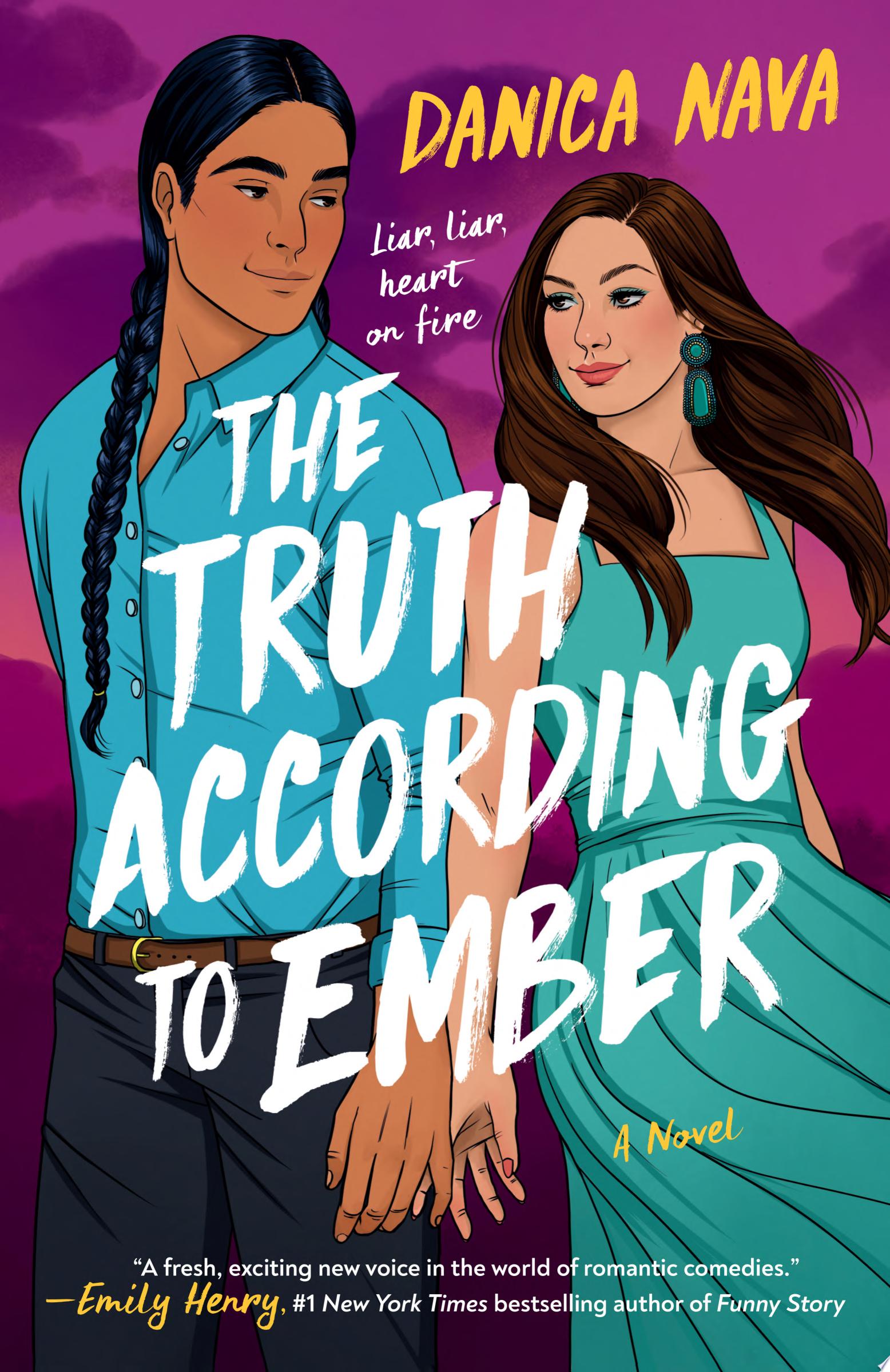
The Truth According to Ember
Ember Lee Cardinal has not always been a liar—well, not for anything that counted at least. But her job search is not going well and when her resumé is rejected for the thirty-seventh time, she takes matters into her own hands. She gets “creative” listing her qualifications and answers the ethnicity question on applications with a lie—a half-lie, technically. No one wanted Native American Ember, but white Ember has just landed her dream accounting job on Park Avenue (Oklahoma City, that is).
Accountant Ember thrives in corporate life—and her love life seems to be looking up as well: Danuwoa Colson, the IT guy and fellow Native who caught her eye on her first day, seems to actually be interested in her too. Despite her unease over the no-dating policy at work, they start to see each other secretly, which somehow makes it even hotter? But when they're caught in a compromising position on a work trip, a scheming colleague blackmails Ember, threatening to expose their relationship. As the manipulation continues to grow, so do Ember’s lies. She must make the hard decision to either stay silent or finally tell the truth, which could cost her everything.
-
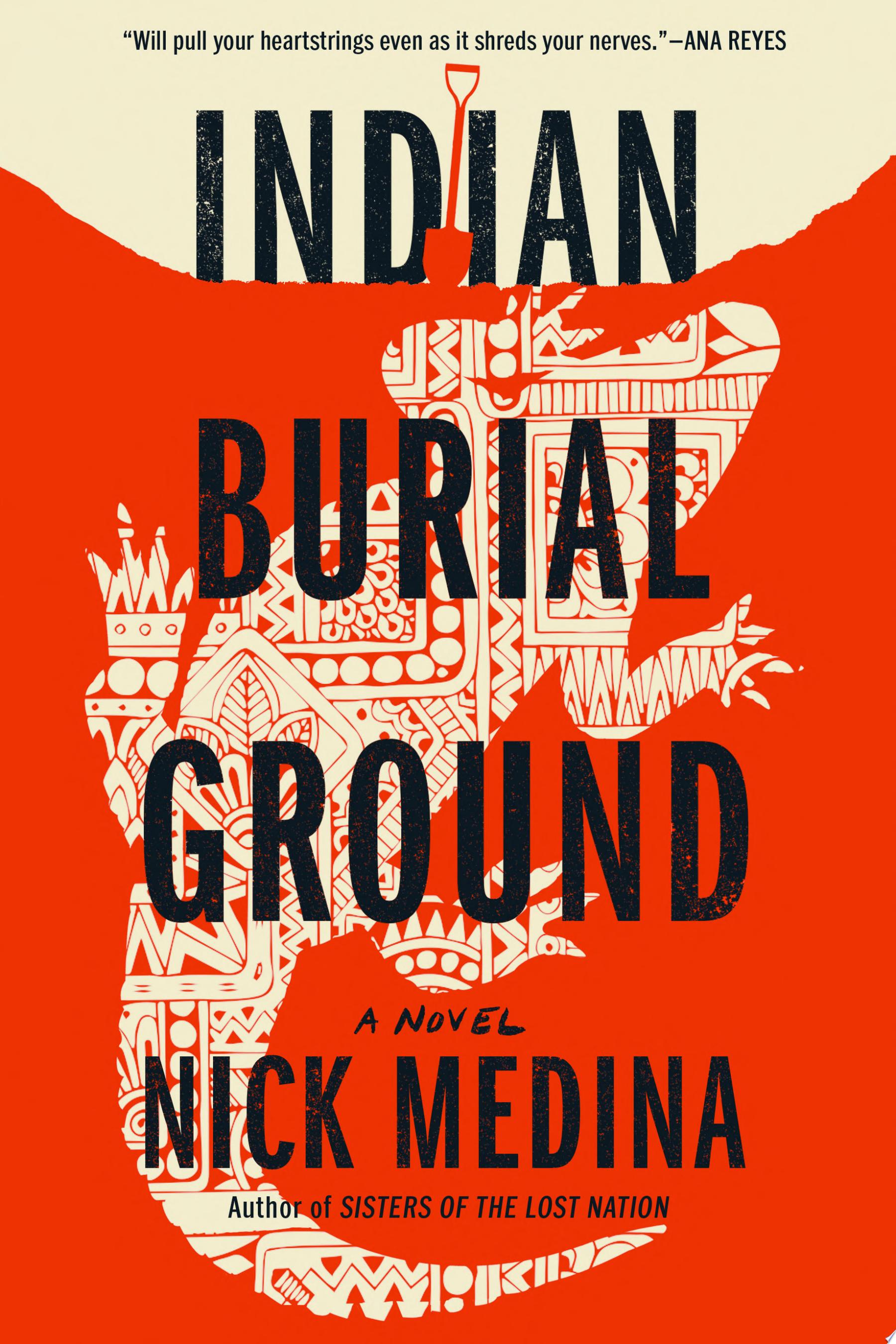
Indian Burial Ground
All Noemi Broussard wanted was a fresh start. With a new boyfriend who actually treats her right and a plan to move from the reservation she grew up on—just like her beloved Uncle Louie before her—things are finally looking up for Noemi. Until the news of her boyfriend’s apparent suicide brings her world crumbling down.
But the facts about Roddy’s death just don’t add up, and Noemi isn’t the only one who suspects that something menacing might be lurking within their tribal lands.
After over a decade away, Uncle Louie has returned to the reservation, bringing with him a past full of secrets, horror, and what might be the key to determining Roddy’s true cause of death. Together, Noemi and Louie set out to find answers...but as they get closer to the truth, Noemi begins to wonder whether it might be best for some secrets to remain buried.
-
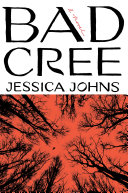
Bad Cree
When Mackenzie wakes up with a severed crow's head in her hands, she panics. Only moments earlier she had been fending off masses of birds in a snow-covered forest. In bed, when she blinks, the head disappears.
Night after night, Mackenzie’s dreams return her to a memory from before her sister Sabrina’s untimely death: a weekend at the family’s lakefront campsite, long obscured by a fog of guilt. But when the waking world starts closing in, too - a murder of crows stalks her every move around the city, she wakes up from a dream of drowning throwing up water, and gets threatening text messages from someone claiming to be Sabrina - Mackenzie knows this is more than she can handle alone.
Traveling north to her rural hometown in Alberta, she finds her family still steeped in the same grief that she ran away to Vancouver to escape. They welcome her back, but their shaky reunion only seems to intensify her dreams - and make them more dangerous. What really happened that night at the lake, and what did it have to do with Sabrina’s death? Only a bad Cree would put their family at risk, but what if whatever has been calling Mackenzie home was already inside?
-
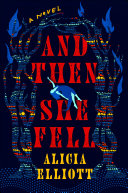
And Then She Fell
On the surface, Alice is exactly where she thinks she should be: She’s just given birth to a beautiful baby girl, Dawn; her charming husband, Steve - a white academic whose area of study is conveniently her own Mohawk culture - is nothing but supportive; and they’ve moved into a new home in a posh Toronto neighborhood. But Alice could not feel like more of an impostor. She isn’t connecting with her daughter, a struggle made even more difficult by the recent loss of her own mother, and every waking moment is spent hiding her despair from Steve and their ever-watchful neighbors, among whom she’s the sole Indigenous resident. Even when she does have a minute to herself, her perpetual self-doubt hinders the one vestige of her old life she has left: her goal of writing a modern retelling of the Haudenosaunee creation story.
Then, as if all that wasn’t enough, strange things start to happen. She finds herself losing bits of time and hearing voices she can’t explain, all while her neighbors’ passive-aggressive behavior begins to morph into something far more threatening. Though Steve assures her this is all in her head, Alice cannot fight the feeling that something is very, very wrong, and that in her creation story lies the key to her and Dawn’s survival.... She just has to finish it before it’s too late.
-
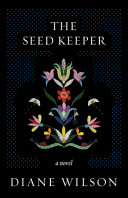
The Seed Keeper
Rosalie Iron Wing has grown up in the woods with her father, Ray, a former science teacher who tells her stories of plants, of the stars, of the origins of the Dakhóta people. Until, one morning, Ray doesn't return from checking his traps. Told she has no family, Rosalie is sent to live with a foster family in nearby Mankato - where the reserved, bookish teenager meets rebellious Gaby Makespeace, in a friendship that transcends the damaged legacies they've inherited.
On a winter's day many years later, Rosalie returns to her childhood home. A widow and mother, she has spent the previous two decades on her white husband's farm, finding solace in her garden even as the farm is threatened first by drought and then by a predatory chemical company. Now, grieving, Rosalie begins to confront the past, on a search for family, identity, and a community where she can finally belong. In the process, she learns what it means to be descended from women with souls of iron - women who have protected their families, their traditions, and a precious cache of seeds through generations of hardship and loss, through war and the insidious trauma of boarding schools.
Weaving together the voices of four indelible women, The Seed Keeper is a beautifully told story of reawakening, of remembering our original relationship to the seeds and, through them, to our ancestors.
-
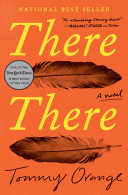
There There
As we learn the reasons that each person is attending the Big Oakland Powwow - some generous, some fearful, some joyful, some violent - momentum builds toward a shocking yet inevitable conclusion that changes everything. Jacquie Red Feather is newly sober and trying to make it back to the family she left behind in shame. Dene Oxendene is pulling his life back together after his uncle’s death and has come to work at the powwow to honor his uncle’s memory. Opal Viola Victoria Bear Shield has come to watch her nephew Orvil, who has taught himself traditional Indian dance through YouTube videos and will perform in public for the very first time. There will be glorious communion, and a spectacle of sacred tradition and pageantry. And there will be sacrifice, and heroism, and loss.
-
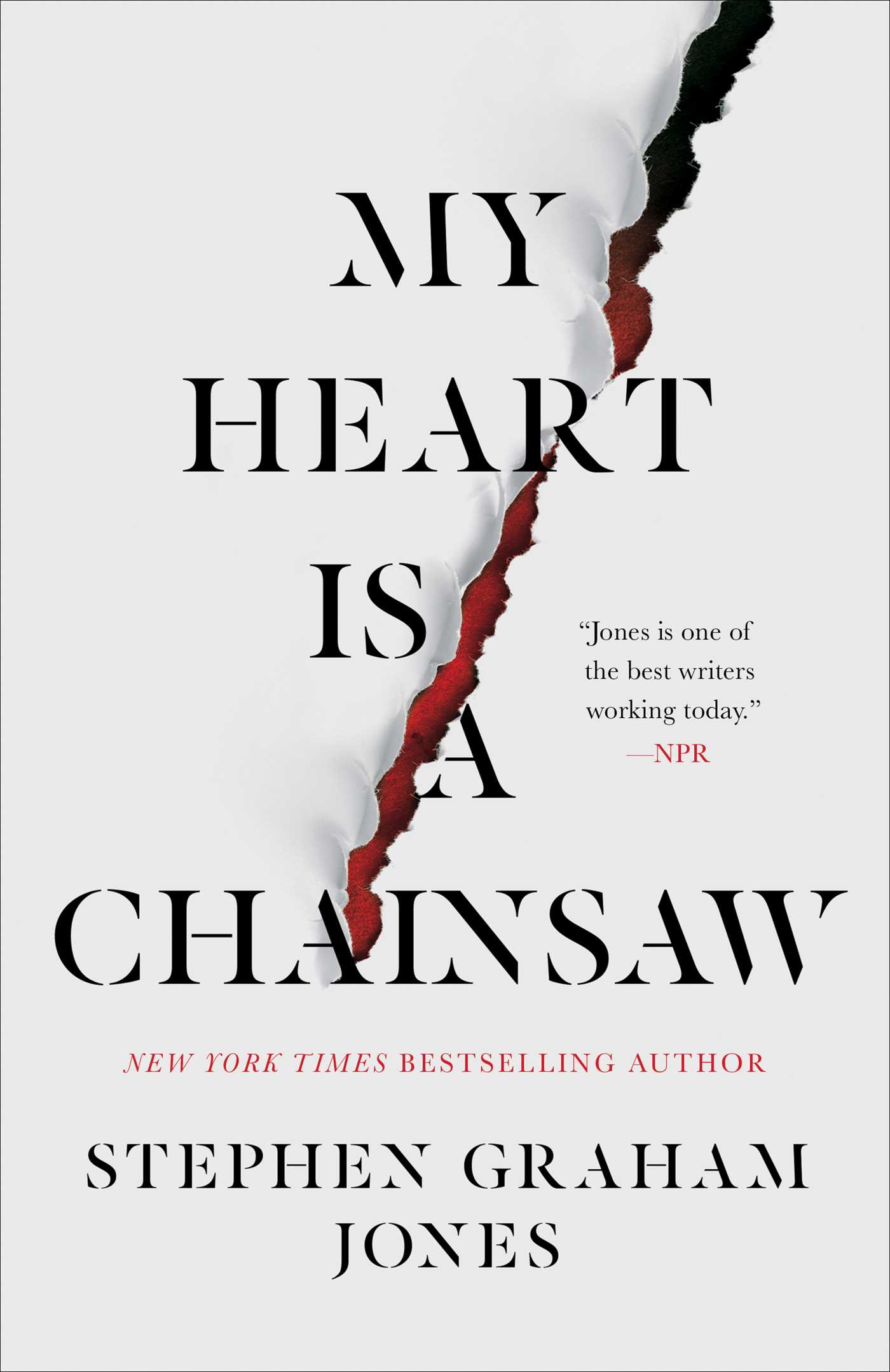
My Heart Is a Chainsaw
Jade Daniels is an angry, half-Indian outcast with an abusive father, an absent mother, and an entire town that wants nothing to do with her. She lives in her own world, a world in which protection comes from an unusual source: horror movies…especially the ones where a masked killer seeks revenge on a world that wronged them. And Jade narrates the quirky history of Proofrock as if it is one of those movies. But when blood actually starts to spill into the waters of Indian Lake, she pulls us into her dizzying, encyclopedic mind of blood and masked murderers, and predicts exactly how the plot will unfold.
Popular Nonfiction - Native American Heritage Month
-
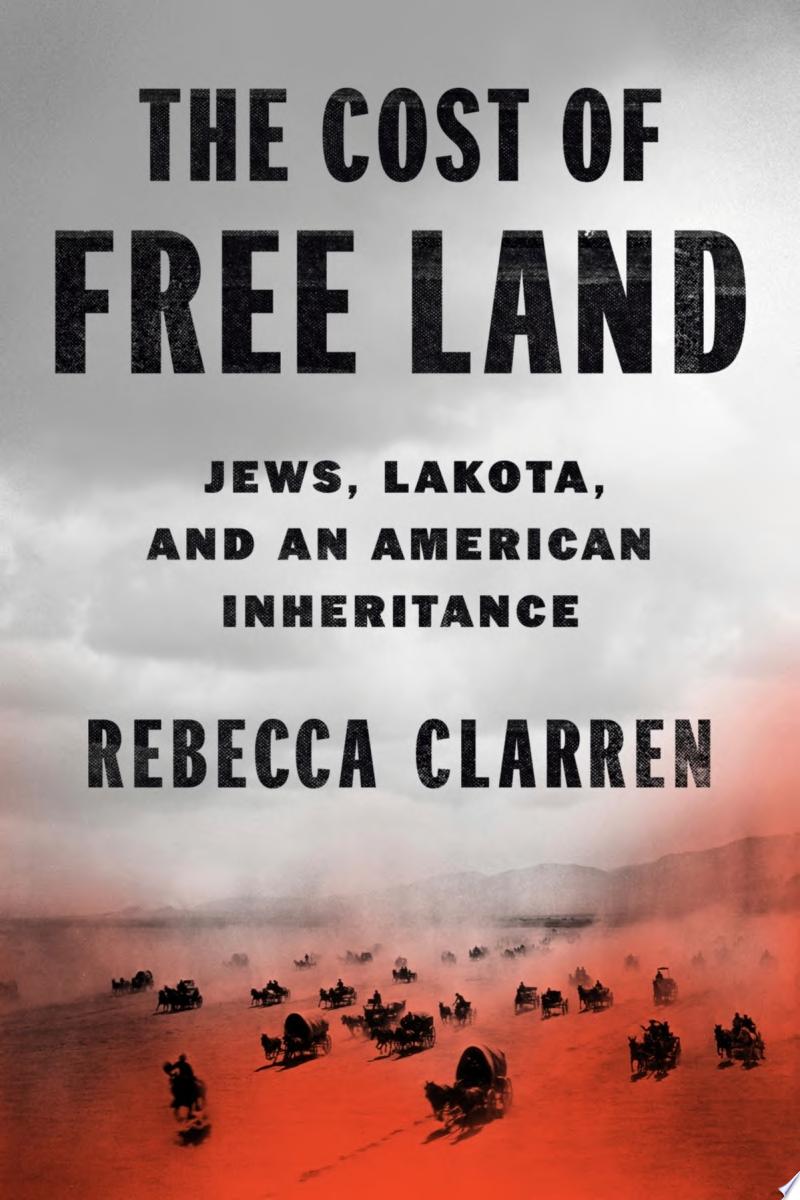
The Cost of Free Land
Growing up, Rebecca Clarren only knew the major plot points of her tenacious immigrant family’s origins. Her great-great-grandparents, the Sinykins, and their six children fled antisemitism in Russia and arrived in the United States at the turn of the 20th century, ultimately settling on a 160-acre homestead in South Dakota. Over the next few decades, despite tough years on a merciless prairie and multiple setbacks, the Sinykins became an American immigrant success story.
What none of Clarren’s ancestors ever mentioned was that their land, the foundation for much of their wealth, had been cruelly taken from the Lakota by the United States government. By the time the Sinykins moved to South Dakota, America had broken hundreds of treaties with hundreds of Indigenous nations across the continent, and the land that had once been reserved for the seven bands of the Lakota had been diminished, splintered, and handed for free, or practically free, to white settlers. In The Cost of Free Land, Clarren melds investigative reporting with personal family history to reveal the intertwined stories of her family and the Lakota, and the devastating cycle of loss of Indigenous land, culture, and resources that continues today.
-
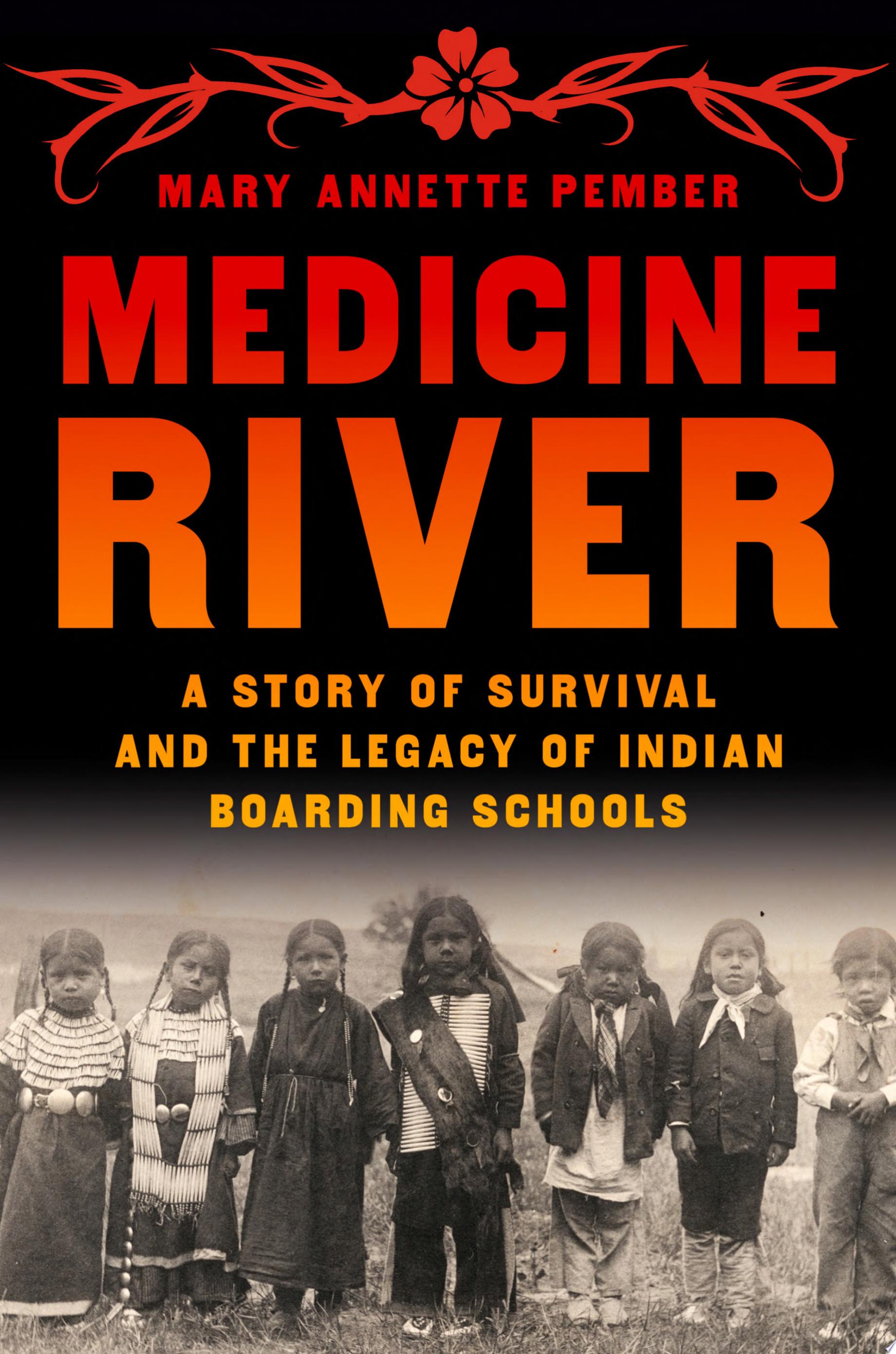
Medicine River
From the mid-nineteenth century to the late 1930s, tens of thousands of Native children were pulled from their tribal communities to attend boarding schools whose stated aim was to "save the Indian" by way of assimilation. In reality, these boarding schools—sponsored by the U.S. government, but often run by various religious orders with little to no regulation—were a calculated attempt to dismantle tribes by pulling apart Native families. Children were beaten for speaking their Native languages; denied food, clothing, and comfort; and forced to work menial jobs in terrible conditions, all while utterly deprived of love and affection.
Amongst those thousands of children was Ojibwe journalist Mary Pember's mother, who was was sent to a boarding school in northern Wisconsin at age five. The trauma of her experience cast a pall over Pember's own childhood and her relationship with her mother. Highlighting both her mother's experience and the experiences of countless other students at such schools, their families, and their children, Medicine River paints a stark but hopeful portrait of communities still reckoning with the trauma of acculturation, religion, and abuse caused by the state. Through searing interviews and careful reporting, Pember traces the evolution and continued rebirth of Native cultures and nations in relation to the country that has been intent on eradicating them.
-
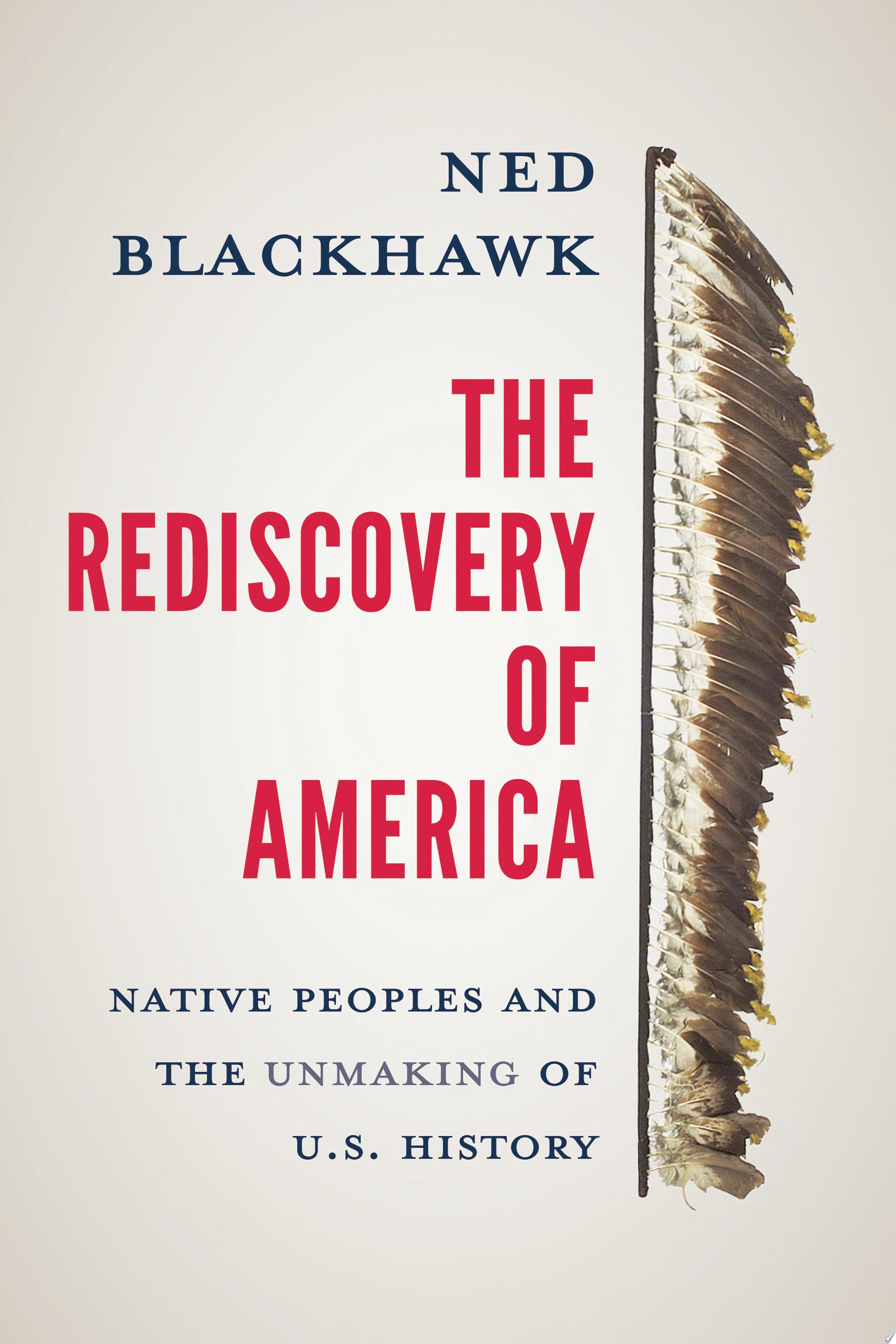
The Rediscovery of America
The most enduring feature of U.S. history is the presence of Native Americans, yet most histories focus on Europeans and their descendants. This long practice of ignoring Indigenous history is changing, however, with a new generation of scholars insisting that any full American history address the struggle, survival, and resurgence of American Indian nations. Indigenous history is essential to understanding the evolution of modern America.
In this volume, Ned Blackhawk interweaves five centuries of Native and non‑Native histories, from Spanish colonial exploration to the rise of Native American self-determination in the late twentieth century.
-
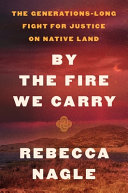
By the Fire We Carry
In the 1830s Muscogee people were rounded up by the US military at gunpoint and forced into exile halfway across the continent. At the time, they were promised this new land would be theirs for as long as the grass grew and the waters ran. But that promise was not kept. When Oklahoma was created on top of Muscogee land, the new state claimed their reservation no longer existed. Over a century later, a Muscogee citizen was sentenced to death for murdering another Muscogee citizen on tribal land. His defense attorneys argued the murder occurred on the reservation of his tribe, and therefore Oklahoma didn't have the jurisdiction to execute him. Oklahoma asserted that the reservation no longer existed. In the summer of 2020, the Supreme Court settled the dispute. Its ruling that would ultimately underpin multiple reservations covering almost half the land in Oklahoma, including Nagle's own Cherokee Nation.
Here Rebecca Nagle recounts the generations-long fight for tribal land and sovereignty in eastern Oklahoma. By chronicling both the contemporary legal battle and historic acts of Indigenous resistance, this volume stands as a landmark work of American history. The story it tells exposes both the wrongs that our nation has committed and the Native-led battle for justice that has shaped our country.
-
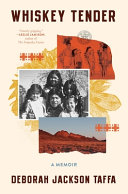
Whiskey Tender
Deborah Jackson Taffa was raised to believe that some sacrifices were necessary to achieve a better life. Her grandparents - citizens of the Quechan Nation and Laguna Pueblo tribe - were sent to Indian boarding schools run by white missionaries, while her parents were encouraged to take part in governmental job training off the reservation. Assimilation meant relocation, but as Taffa matured into adulthood, she began to question the promise handed down by her elders and by American society: that if she gave up her culture, her land, and her traditions, she would not only be accepted, but would be able to achieve the "American Dream."
This memoir traces how a mixed tribe native girl - born on the California Yuma reservation and raised in Navajo territory in New Mexico - comes to her own interpretation of identity. Taffa offers a sharp and thought-provoking historical analysis laced with humor and heart. As she reflects on her past and present - the promise of assimilation and the many betrayals her family has suffered, both personal and historical; trauma passed down through generations - she reminds us of how the cultural narratives of her ancestors have been excluded from the central mythologies and structures of the "melting pot" of America, revealing all that is sacrificed for the promise of acceptance.
-
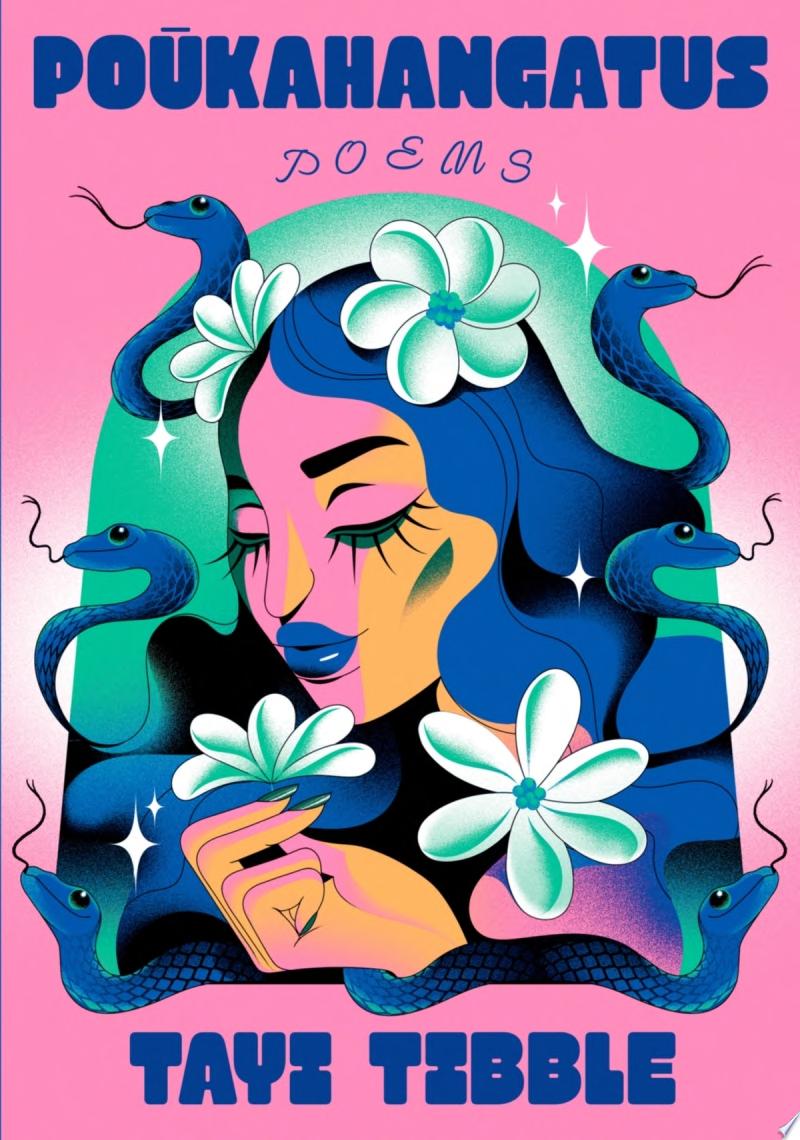
Poukahangatus
In Poūkahangatus (pronounced “Pocahontas”), her debut volume, Tibble challenges a dazzling array of mythologies - Greek, Māori, feminist, kiwi - peeling them apart, respinning them in modern terms. Her poems move from rhythmic discussions of the Kardashians, sugar daddies, and Twilight to exquisite renderings of the natural world and precise emotions (“The lump in her throat swelled like a sea that threatened to take him from her, and she had to swallow hard”). Tibble is also a master narrator of teenage womanhood, its exhilarating highs and devastating lows; her high-camp aesthetics correlate to the overflowing beauty, irony, and ruination of her surroundings.
These are warm, provocative, and profoundly original poems, written by a woman for whom diving into the wreck means taking on new assumptions - namely, that it is not radical to write from a world in which the effects of colonization, land, work, and gender are obviously connected. Along the way, Tibble scrutinizes perception and how she as a Māori woman fits into trends, stereotypes, and popular culture. With language that is at once colorful, passionate, and laugh-out-loud funny, Poūkahangatus is the work of one of our most daring new poets.
-
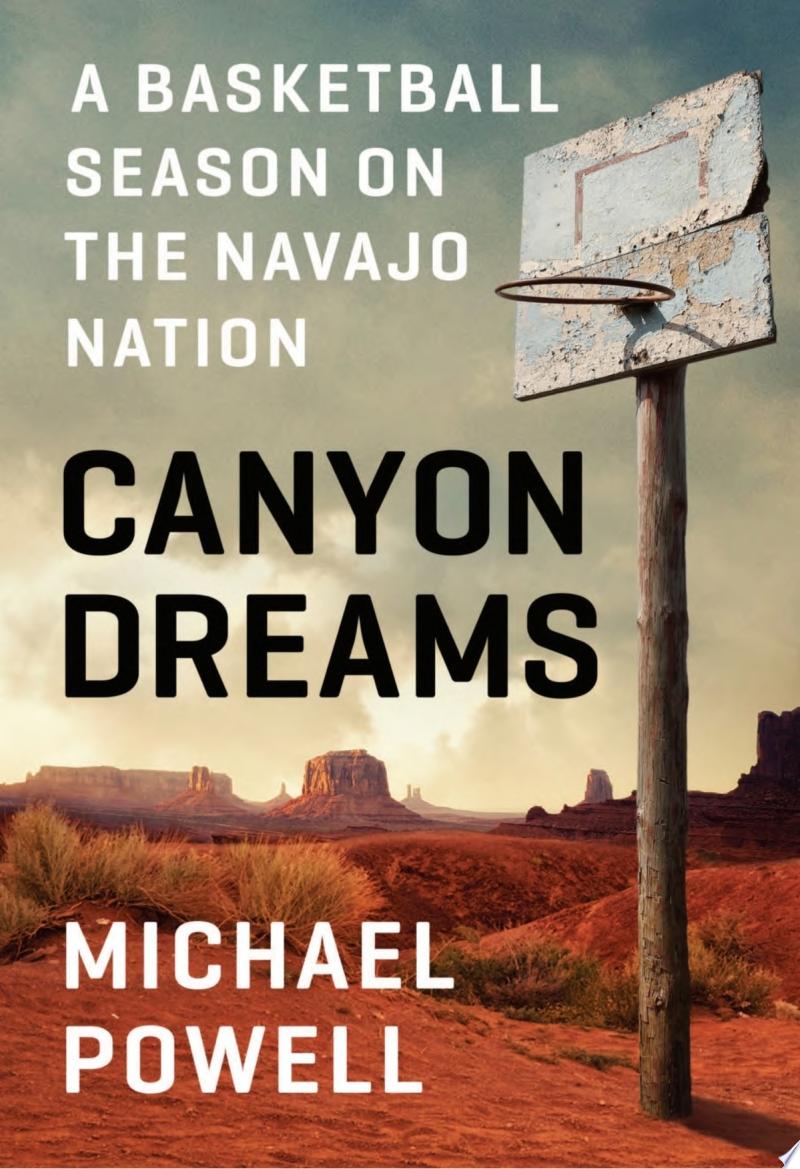
Canyon Dreams
Deep in the heart of northern Arizona, in a small and isolated patch of the vast 17.5-million-acre Navajo reservation, sits Chinle High School. Here, basketball is passion, passed from grandparent to parent to child. Rez Ball is a sport for winters where dark and cold descend fast and there is little else to do but roam mesa tops, work, and wonder what the future holds. The town has 4,500 residents and the high school arena seats 7,000. Fans drive thirty, fifty, even eighty miles to see the fast-paced and highly competitive matchups that are more than just games to players and fans.
Celebrated Times journalist Michael Powell brings us a narrative of triumph and hardship, a moving story about a basketball team on a Navajo reservation that shows how important sports can be to youths in struggling communities, and the transcendent magic and painful realities that confront Native Americans living on reservations. This book details his season-long immersion in the team, town, and culture, in which there were exhilarating wins, crushing losses, and conversations on long bus rides across the desert about dreams of leaving home and the fear of the same.
-
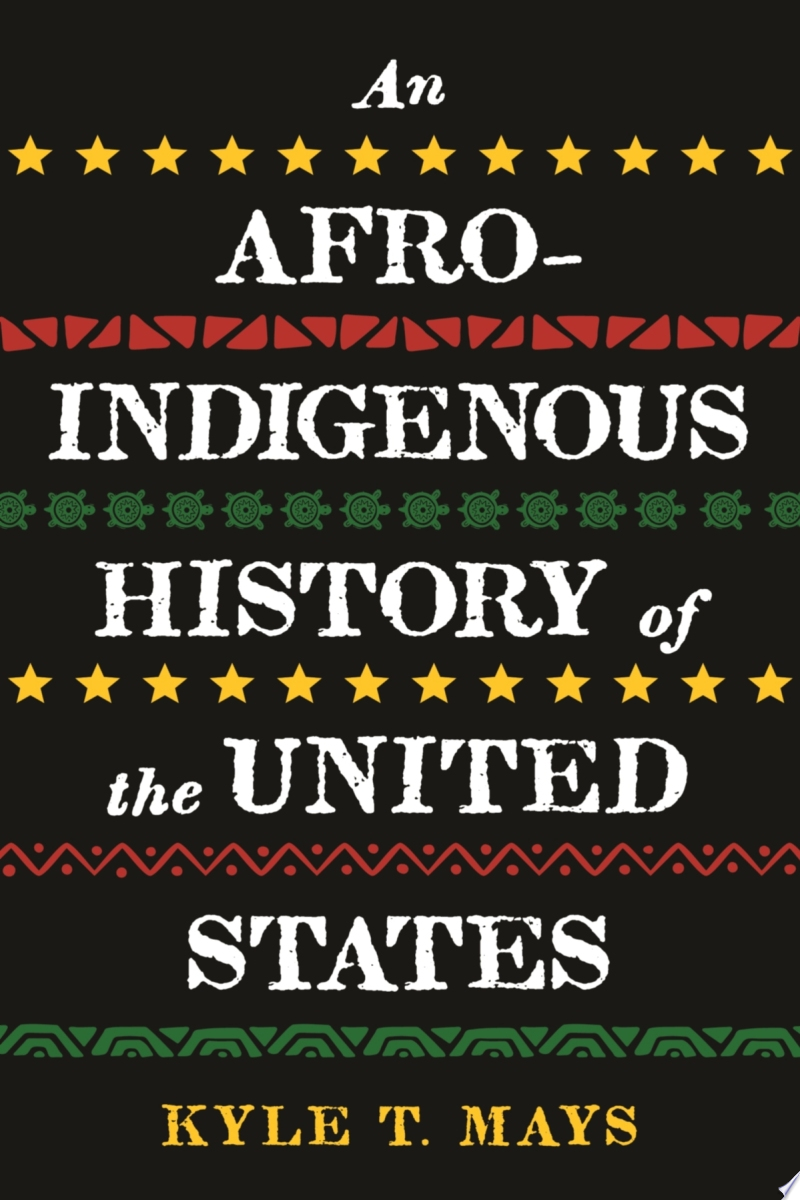
An Afro-Indigenous History of the United States
Beginning with pre-Revolutionary America and moving into the movement for Black lives and contemporary Indigenous activism, Afro-Indigenous historian Kyle T. Mays argues that the foundations of the US are rooted in antiblackness and settler colonialism, and that these parallel oppressions continue into the present. He explores how Black and Indigenous peoples have always resisted and struggled for freedom, sometimes together, and sometimes apart. Whether to end African enslavement and Indigenous removal or eradicate capitalism and colonialism, Mays show how the fervor of Black and Indigenous peoples calls for justice have consistently sought to uproot white supremacy.
-
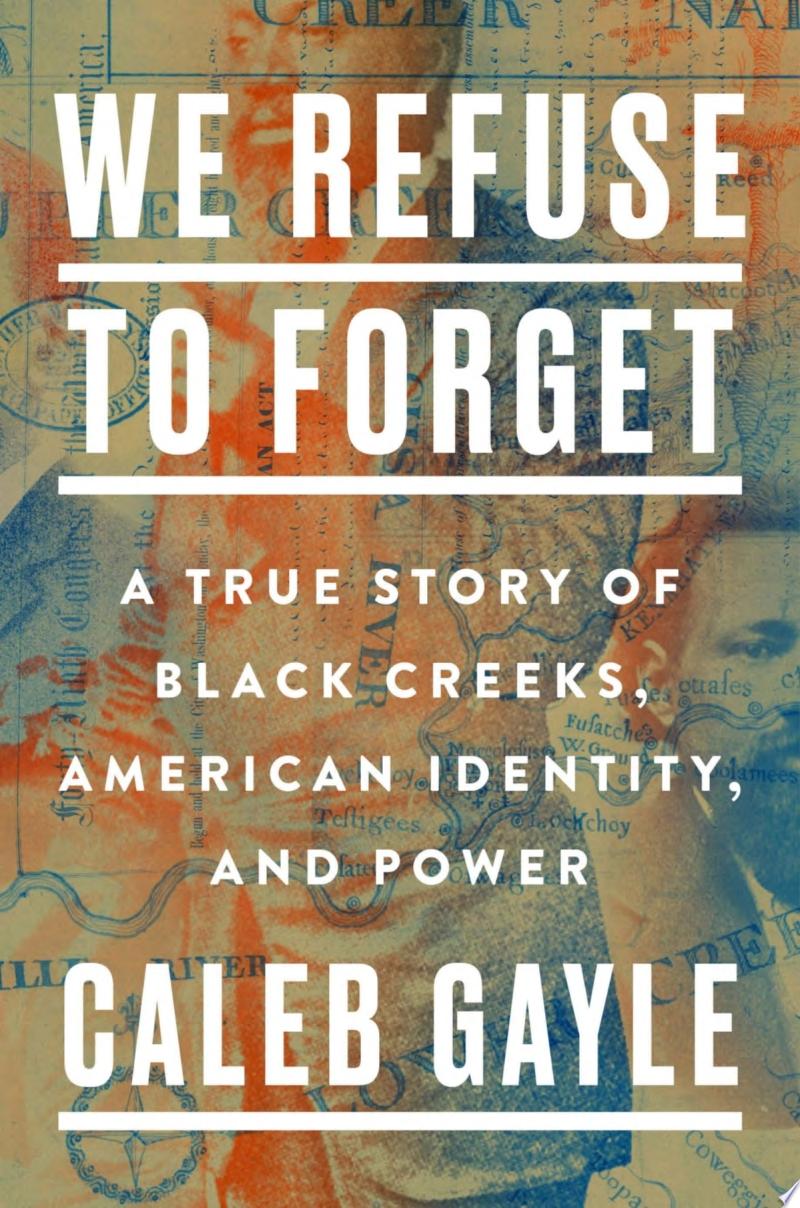
We Refuse to Forget
In We Refuse to Forget, award-winning journalist Caleb Gayle tells the extraordinary story of the Creek Nation, a Native tribe that two centuries ago both owned slaves and accepted Black people as full citizens. Thanks to the efforts of Creek leaders like Cow Tom, a Black Creek citizen who rose to become chief, the U.S. government recognized Creek citizenship in 1866 for its Black members. Yet this equality was shredded in the 1970s when tribal leaders revoked the citizenship of Black Creeks, even those who could trace their history back generations - even to Cow Tom himself.
Why did this happen? How was the U.S. government involved? And what are Cow Tom’s descendants and other Black Creeks doing to regain their citizenship? These are some of the questions that Gayle explores in this provocative examination of racial and ethnic identity. By delving into the history and interviewing Black Creeks who are fighting to have their citizenship reinstated, he lays bare the racism and greed at the heart of this story. We Refuse to Forget is an eye-opening account that challenges our preconceptions of identity as it shines new light on the long shadows of white supremacy and marginalization that continue to hamper progress for Black Americans.
-
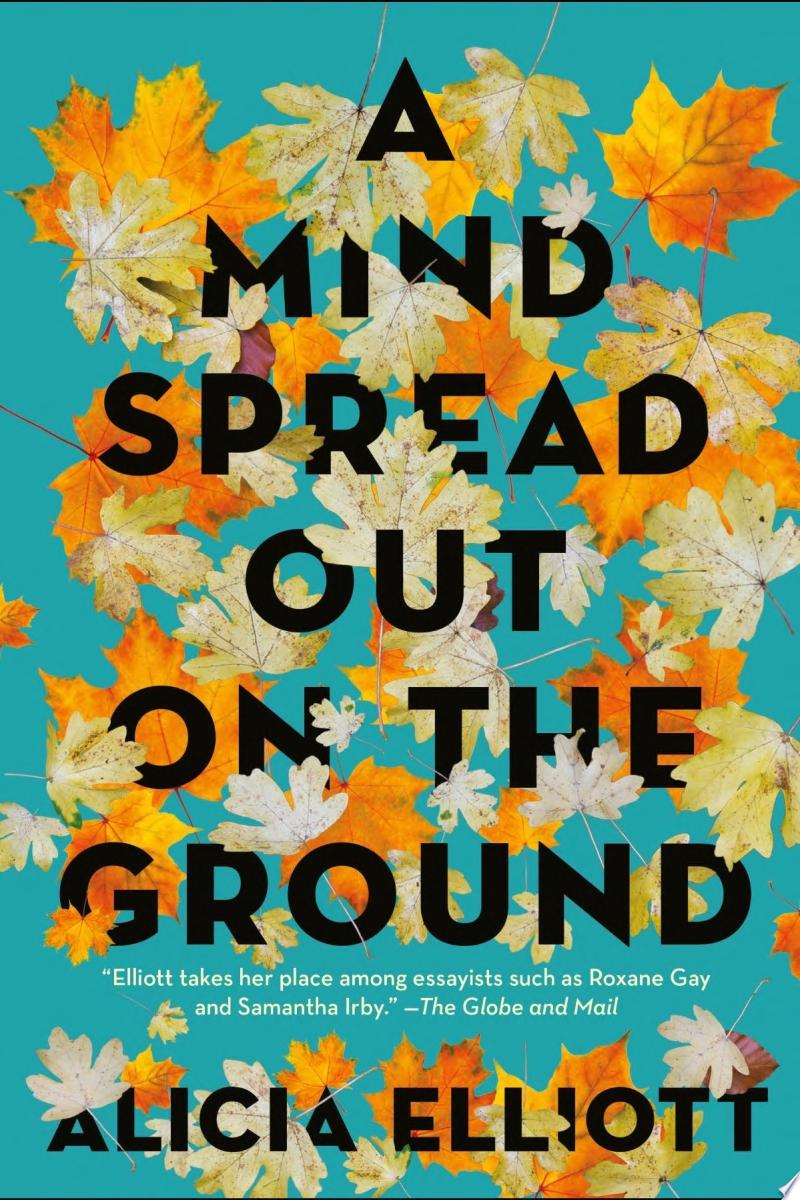
A Mind Spread Out on the Ground
The Mohawk phrase for depression can be roughly translated to "a mind spread out on the ground." In this urgent and visceral work, Alicia Elliott explores how apt a description that is for the ongoing effects of personal, intergenerational, and colonial traumas she and so many Native people have experienced.
Elliott's deeply personal writing details a life spent between Indigenous and white communities, a divide reflected in her own family, and engages with such wide-ranging topics as race, parenthood, love, art, mental illness, poverty, sexual assault, gentrification, and representation. Throughout, she makes thrilling connections both large and small between the past and present, the personal and political.
-
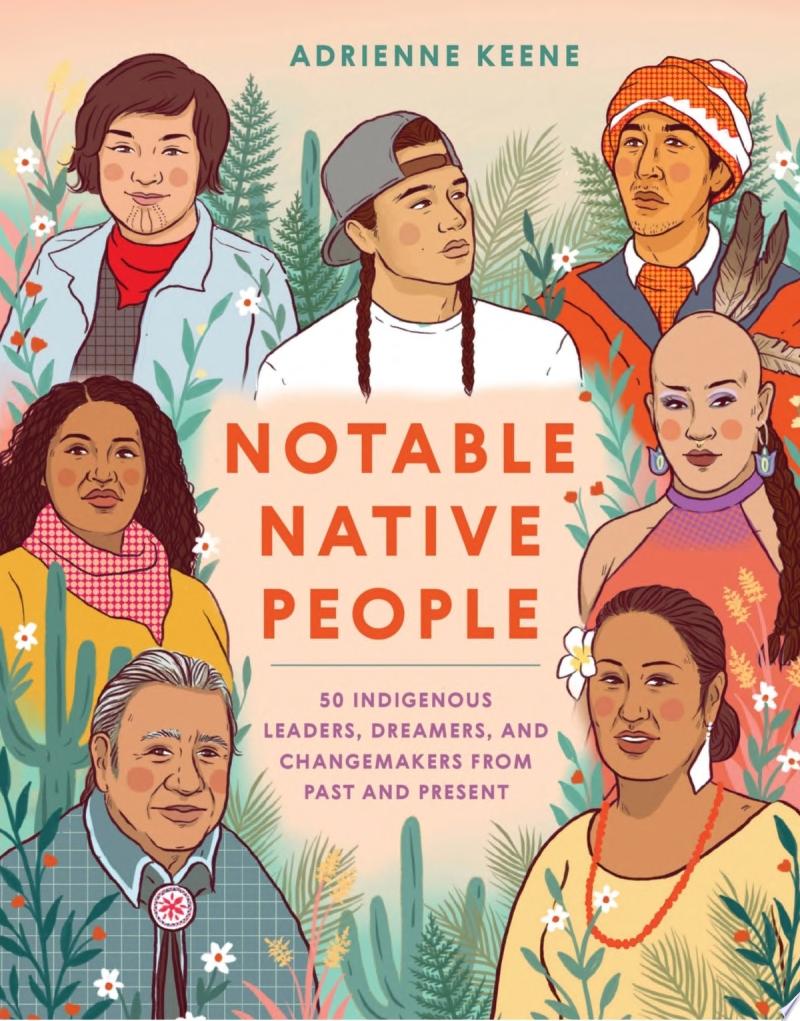
Notable Native People
Celebrate the lives, stories, and contributions of Indigenous artists, activists, scientists, athletes, and other changemakers in this beautifully illustrated collection. From luminaries of the past, like nineteenth-century sculptor Edmonia Lewis - the first Black and Native American female artist to achieve international fame - to contemporary figures like linguist jessie little doe baird, who revived the Wampanoag language, Notable Native People highlights the vital impact Indigenous dreamers and leaders have made on the world.
This powerful and informative collection also offers accessible primers on important Indigenous issues, from the legacy of colonialism and cultural appropriation to food sovereignty, land and water rights, and more. An indispensable read for people of all backgrounds seeking to learn about Native American heritage, histories, and cultures, Notable Native People will educate and inspire readers of all ages.
-
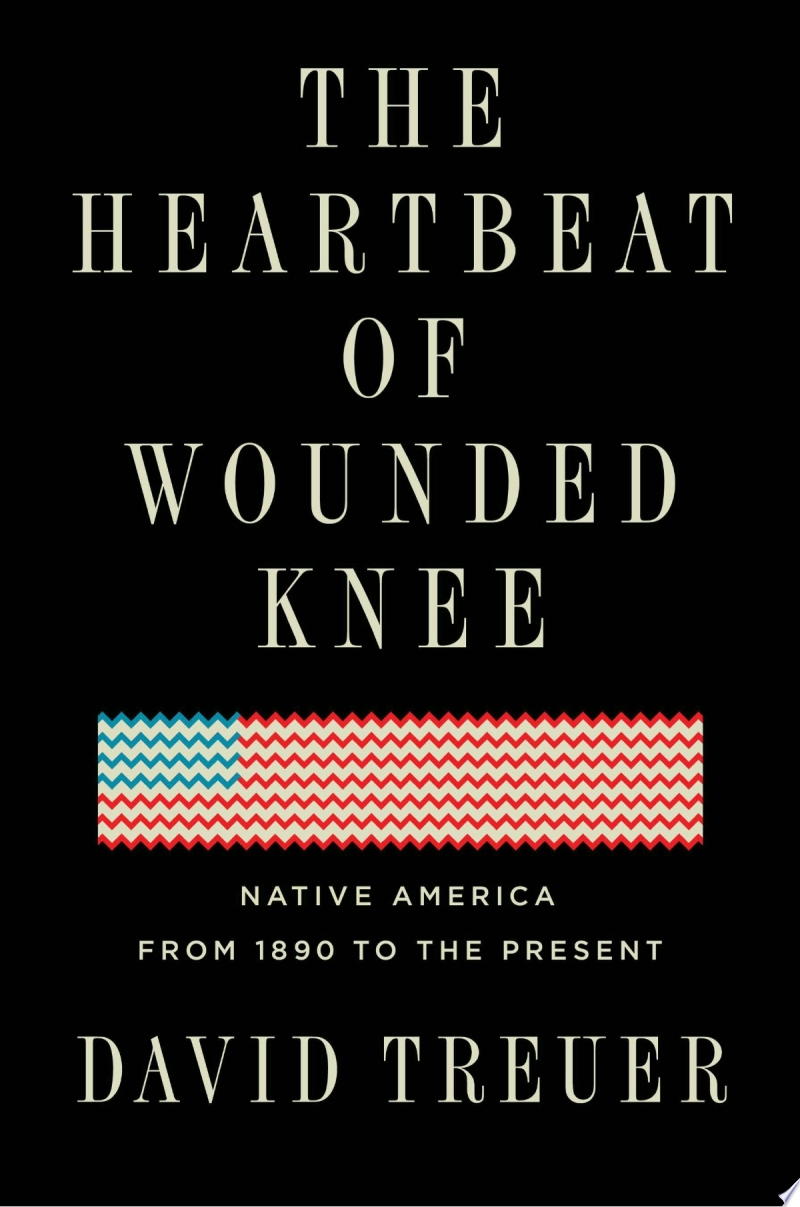
The Heartbeat of Wounded Knee
The received idea of Native American history - as promulgated by books like Dee Brown's mega-bestselling 1970 Bury My Heart at Wounded Knee - has been that American Indian history essentially ended with the 1890 massacre at Wounded Knee. Not only did one hundred fifty Sioux die at the hands of the U.S. Cavalry, the sense was, but Native civilization did as well.
Growing up Ojibwe on a reservation in Minnesota, training as an anthropologist, and researching Native life past and present for his nonfiction and novels, David Treuer has uncovered a different narrative. Because they did not disappear - and not despite but rather because of their intense struggles to preserve their language, their traditions, their families, and their very existence - the story of American Indians since the end of the nineteenth century to the present is one of unprecedented resourcefulness and reinvention.
-
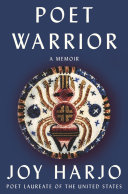
Poet Warrior
Joy Harjo, the first Native American to serve as U.S. poet laureate, invites us to travel along the heartaches, losses, and humble realizations of her "poet-warrior" road. A musical, kaleidoscopic, and wise follow-up to Crazy Brave, Poet Warrior reveals how Harjo came to write poetry of compassion and healing, poetry with the power to unearth the truth and demand justice.
Harjo listens to stories of ancestors and family, the poetry and music that she first encountered as a child, and the messengers of a changing earth - owls heralding grief, resilient desert plants, and a smooth green snake curled up in surprise. She celebrates the influences that shaped her poetry, among them Audre Lorde, N. Scott Momaday, Walt Whitman, Muscogee stomp dance call-and-response, Navajo horse songs, rain, and sunrise. In absorbing, incantatory prose, Harjo grieves at the loss of her mother, reckons with the theft of her ancestral homeland, and sheds light on the rituals that nourish her as an artist, mother, wife, and community member.
-
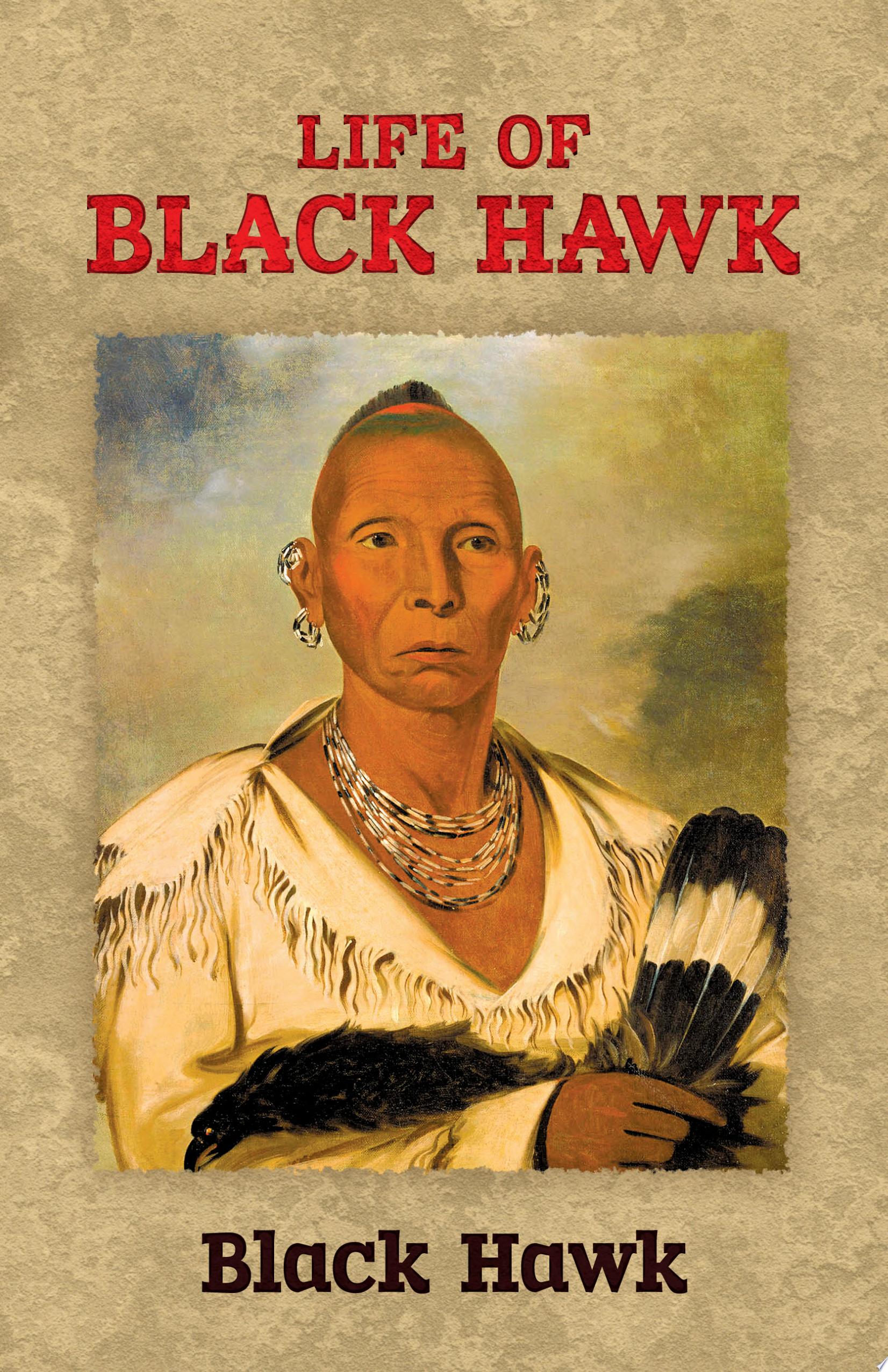
Life of Black Hawk
Westward expansion of the American frontier was not without its attendant tragedies - many of which involved injustices committed against Native Americans. One such tragedy took place in the early nineteenth century, when the Sauk and Fox Indians, led by a dynamic tribal chieftain named Black Hawk (1767-1838), resisted the establishment of white settlements in Indian territory in western Illinois. The Indians were slaughtered in the resulting brief but violent conflict now known as the Black Hawk War.
In the late summer of 1833, following his release from federal prison where he had been held for waging war against the U.S. government, Black Hawk expressed a desire to have his life’s history written and published, so that “the people of the United States might know the causes that had impelled him to act as he had done, and the principles by which he was governed.” The result was the unique document reprinted in this volume - the autobiography of Black Hawk dictated by himself to a U.S. interpreter for the Sauk and Fox Indians.
-
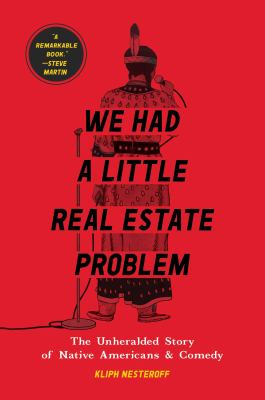
We Had a Little Real Estate Problem
It was one of the most reliable jokes in Charlie Hill’s stand-up routine: “My people are from Wisconsin. We used to be from New York. We had a little real estate problem.”
In We Had a Little Real Estate Problem, acclaimed comedy historian Kliph Nesteroff focuses on one of comedy’s most significant and little-known stories: how, despite having been denied representation in the entertainment industry, Native Americans have influenced and advanced the art form. The account begins in the late 1880s, when Native Americans were forced to tour in wild west shows as an alternative to prison. (One modern comedian said it was as “if a Guantanamo detainee suddenly had to appear on X-Factor.”) This is followed by a detailed look at the life and work of seminal figures such as Cherokee humorist Will Rogers and Hill, who in the 1970s was the first Native American comedian to appear The Tonight Show.













